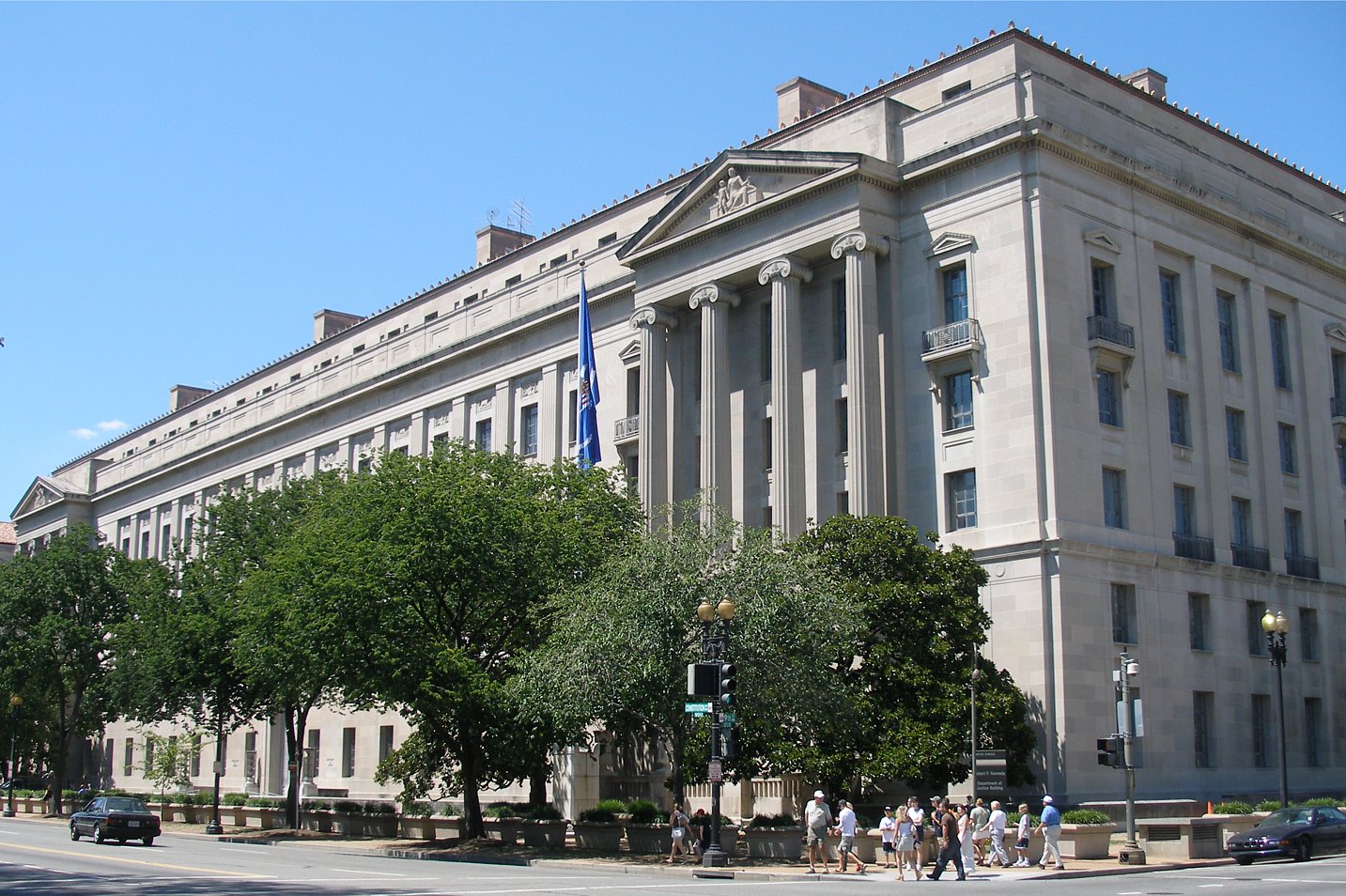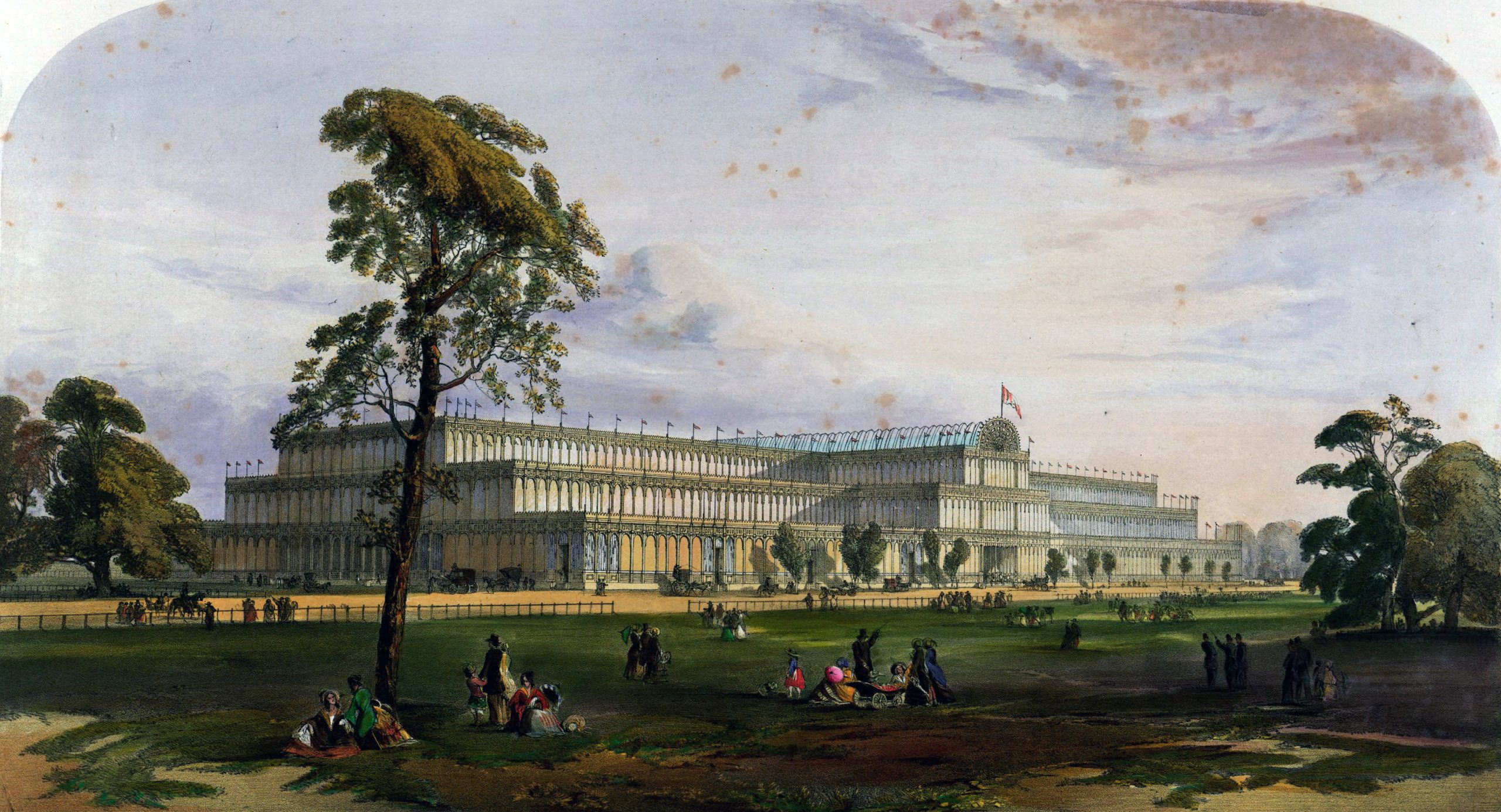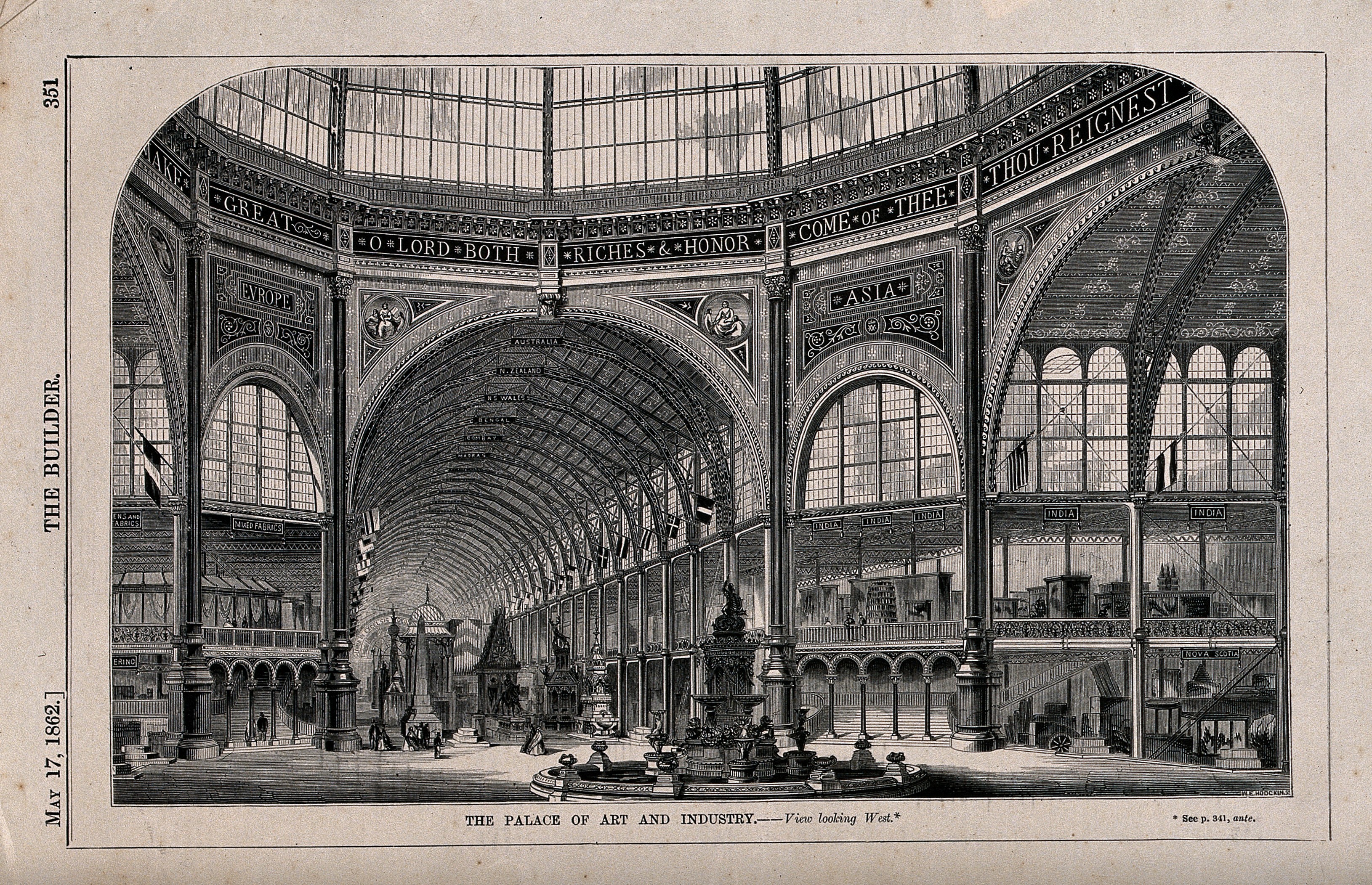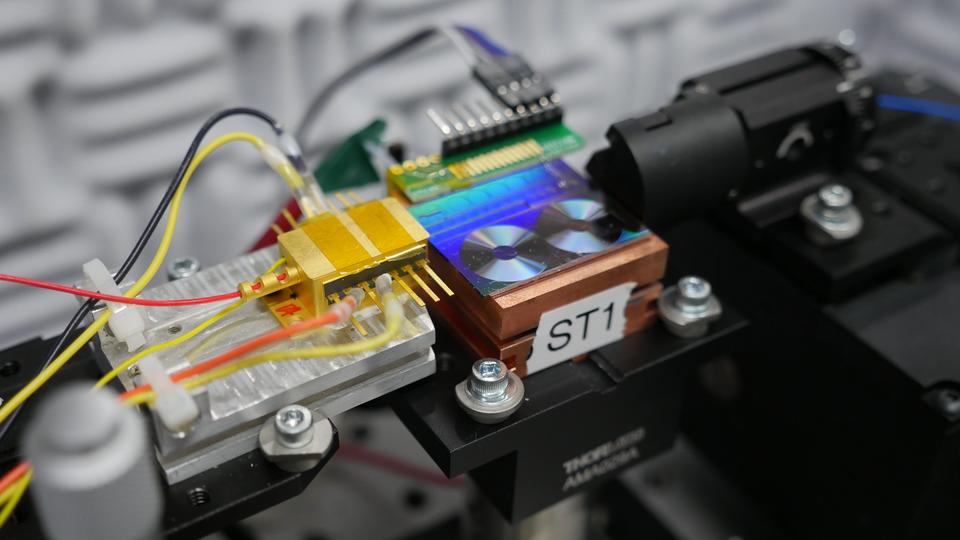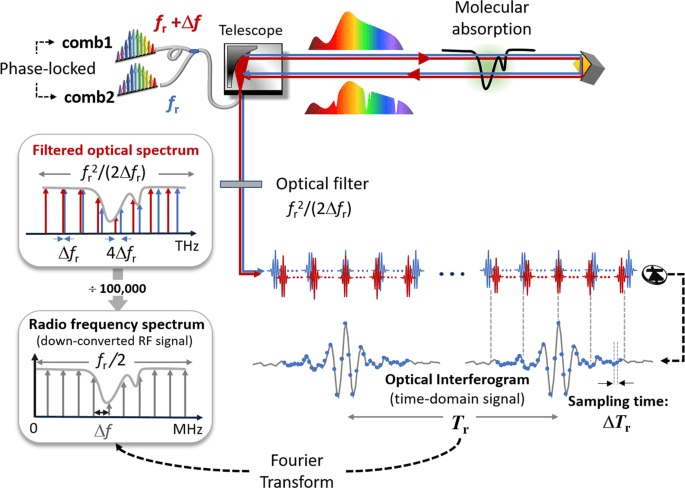How to Use the Community Kitchens
- Home Page 177

Kitchens | Americans with Disabilities Act
Following is the current text of the Americans with Disabilities Act of 1990 (ADA), including changes made by the ADA Amendments Act of 2008 (P.L. 110-325), which became effective on January 1, 2009.
The ADA was originally enacted in public law format and later rearranged and published in the United States Code. The United States Code is divided into titles and chapters that classify laws according to their subject matter. Titles I, II, III, and V of the original law are codified in Title 42, chapter 126, of the United States Code beginning at section 12101. Title IV of the original law is codified in Title 47, chapter 5, of the United States Code. Since this codification resulted in changes in the numbering system, the Table of Contents provides the section numbers of the ADA as originally enacted in brackets after the codified section numbers and headings.
CHAPTER 126—EQUAL OPPORTUNITY FOR INDIVIDUALS WITH DISABILITIES
Protection of Intellectual Property in the Supply Chain
The Licensing Executives Society is an ANSI accredited standards developer that empowers, connects, and celebrates intellectual property professionals through education, best practices, networking, participating and mentoring — i.e. the classic non-profit trade association business model. The work of LES should be of interest to the education industry which regards itself as the primary source of new knowledge.[1]
From the LES mission statement:
Across the world, innovation is the principal source of differentiated and defensible competitive advantage for individuals and enterprises. Innovation is the basis of advantaged products and services, and it drives sales and profits. It is the source of jobs. It is the engine of the global economy. Yet the intricacies of IC management are not well-understood by our political, financial, and business leaders.
In addition, in business schools around the world, IC management is not treated seriously as a business subject. In fact, to the extent it is dealt with at all, IC management is taught as a legal subject, not as the management of the largest component of value in the modern enterprise (i.e. 80 percent of the equity value of publicly traded companies). IC valuation, the business processes employed in IC management (both risk mitigation and value extraction), IC sharing and protection with third parties, and IC strategy are barely touched upon.
IC and its value are, therefore, nearly invisible to most of our business, financial, and political leaders and thinkers. They have little, if any, grounding in it. There is little accounting for it. And very often, no one outside the legal department has explicit responsibility for its protection and management.
We do not advocate in the LES suite but we track its best practice discovery. It is time well spent, following the action in educational units finding, and bringing to market, new knowledge.
Last year LES posted notice of public consultation on another title in its bibliography: Management System for the Protection of Intellectual Property in the Supply Chain. From the project prospectus:
This standard defines a common set of expectations for what organizations can and should do to protect all types of their own IP and the IP of customers, suppliers, and partners. The Committee’s vision is to achieve standardization around how organizations develop and implement an intellectual property protection management system. This standard seeks to supplement legal and contractual IP protection methods through performance standards and business processes and practices that define the management systems required to protect all types of intellectual property (IP) in the global supply chain. The LES Standards Development Organization encourages IP thought leaders around the globe to participate in the public review and comment of LES draft standards as part of the standardization development process. As an Accredited Standards Developer of the American National Standards Institute (ANSI), LES provides the 60-day public review period to encourage manufacturers, distributors, and any interested stakeholder to represent each organization’s best interests while helping to shape this field for the future.
The public consultation window closed May 26th.
We have no information about its status as of this posting; a common condition among non-profit standards setting organizations since March. We expect that when any LES title is in motion it will announced on the link below:
Most research universities compete to be recognized as the new knowledge leader and have substantial intellectual property protection enterprises to harvest licensing revenue. These universities have large marketing units to make the accomplishments of its staff known to the public. The number of staff involved in marketing and administration may exceed the number of staff creating new knowledge.
We encourage innovation and technology management enterprises in the education industry to communicate directly with the Licensing Executives Society about participation and/or membership. Contact: Kelli Baxter, (703) 234-4088, kbaxter@les.org, 12100 Sunset Hills Road, Suite 130, Reston, VA 20190. We maintain the LES suite on the standing agenda of our Human Resource teleconferences. See our CALENDAR for the next online meeting; open to everyone.
Issue: [18-362] [20-86]
Category: Academics, Administration & Management
Colleagues: Mike Anthony, Christine Fisher, Jack Janveja
Source: ANSI Standards Action Page 23
More
National Institute of Standards and Technology: January 2018 Green Paper
Q&A with LES FRAND Licensing Standards Committee Co-Chairs Matteo Sabattini and Brian Scarpelli
AAU: Comment on Intellectual Property
AUTM: August 2018 Letter to US Secretary of State
ISO/TC 279 Innovation Management
Standards Michigan Related Post on ISO/TC 279
Merchant Electric Supply Availability
This content is accessible to paid subscribers. To view it please enter your password below or send mike@standardsmichigan.com a request for subscription details.
La Fémis
This content is accessible to paid subscribers. To view it please enter your password below or send mike@standardsmichigan.com a request for subscription details.
Optical Frequency Comb
Compact Chips Advance Precision Timing for Communications, Navigation and Other Applications
Shrinking Technology, Expanding Horizons: Complete Article
National Institute of Standards and Technology, Boulder, CO, USA
Igor Kudelin, et. al
Department of Physics, University of Colorado Boulder, Boulder, CO, USA
Abstract: Numerous modern technologies are reliant on the low-phase noise and exquisite timing stability of microwave signals. Substantial progress has been made in the field of microwave photonics, whereby low-noise microwave signals are generated by the down-conversion of ultrastable optical references using a frequency comb1,2,3. Such systems, however, are constructed with bulk or fibre optics and are difficult to further reduce in size and power consumption. In this work we address this challenge by leveraging advances in integrated photonics to demonstrate low-noise microwave generation via two-point optical frequency division4,5. Narrow-linewidth self-injection-locked integrated lasers6,7 are stabilized to a miniature Fabry–Pérot cavity8, and the frequency gap between the lasers is divided with an efficient dark soliton frequency comb9. The stabilized output of the microcomb is photodetected to produce a microwave signal at 20 GHz with phase noise of −96 dBc Hz−1 at 100 Hz offset frequency that decreases to −135 dBc Hz−1 at 10 kHz offset—values that are unprecedented for an integrated photonic system. All photonic components can be heterogeneously integrated on a single chip, providing a significant advance for the application of photonics to high-precision navigation, communication and timing systems.
Mint Julep University
Kentucky Derby Museum | Churchill Downs, Louisville Kentucky
Ingredients:
-
- Fresh mint leaves
- Granulated sugar
- Crushed ice
- Kentucky bourbon whiskey
- Mint sprigs for garnish
Instructions:
-
- Begin by placing about 6-8 fresh mint leaves and a teaspoon of granulated sugar into a sturdy glass or silver julep cup.
- Use a muddler or the back of a spoon to gently muddle the mint leaves with the sugar. This will release the mint’s essential oils and flavor.
- Fill the glass or cup halfway with crushed ice.
- Pour 2 ½ ounces of Kentucky bourbon whiskey over the ice.
- Stir gently to combine the ingredients and chill the mixture.
- Top off the glass with more crushed ice, filling it to the brim.
- Garnish your mint julep with a fresh mint sprig for aroma and presentation.
- Insert a straw and serve immediately.
University of Louisville: Bourbon Research
University of Kentucky: Daviess County Bourbon
The 2024 Kentucky Derby will be run on Saturday, May 4, 2024. Live TV coverage begins at 2:30 p.m. ET (11:30 a.m. PT). Post time for the 150th running of the Kentucky Derby is 6:57 p.m. ET (3:45 p.m. PT)
Readings:
Spoon University: How to Make a Mint Julep Worthy of the Kentucky Derby
Campus coffee shop offers discounts to students wearing derby attire
Jittery Joe’s Kentucky Derby Race Day Coffee
Disaster 500
Thinking about how that groundhog lied to us 🤨🤨🤨 pic.twitter.com/ZQOzzteCzs
— Penny Kmitt (@pennylikeacoin) April 4, 2024
During today’s session we approach disaster avoidance, management and recovery literature from a different point of view than our customary approach — i.e. what happens when, a) there is failure to conform to the standard, b) there is no applicable standard at all. This approach necessarily requires venturing into the regulatory and legal domains. We will confine our approach to the following standards development regimes:
- De facto standards: These are standards that are not officially recognized or endorsed by any formal organization or government entity, but have become widely adopted by industry or through market forces. Examples include the QWERTY keyboard layout and the MP3 audio format.
- De jure standards: These are standards that are formally recognized and endorsed by a government or standard-setting organization. Examples include the ISO 9000 quality management standard and the IEEE 802.11 wireless networking standard.
- Consortium standards: These are standards that are developed and maintained by a group of industry stakeholders or organizations, often with the goal of advancing a particular technology or product. Examples include the USB and Bluetooth standards, which are maintained by the USB Implementers Forum and the Bluetooth Special Interest Group, respectively.
- Open standards: These are standards that are freely available and can be used, implemented, and modified by anyone without restriction. Examples include the HTML web markup language and the Linux operating system.
- Proprietary standards: These are standards that are owned and controlled by a single organization, and may require payment of licensing fees or other restrictions for use or implementation. Examples include the Microsoft Office document format and the Adobe PDF document format.
- ANSI accredited standards developers with disaster management catalogs
We may have time to review State of Emergency laws on the books of most government agencies; with special attention to power blackout disasters.
- Tornadoes Are Deadly: These New Building Codes Will Save Lives
- Cases involving the Takings Clause of the Fifth Amendment might be relevant when government actions related to natural disasters affect private property rights.
- National Regulatory Research Institute: Should Public Utilities Compensate Customers for Service Interruptions?
Use the login credentials at the upper right of our home page.
https://t.co/chd9RJVc7G
print(“Disaster”) pic.twitter.com/Lu6Dw3bARq— Standards Michigan (@StandardsMich) November 15, 2021
United States Standards Strategy
This content is accessible to paid subscribers. To view it please enter your password below or send mike@standardsmichigan.com a request for subscription details.
New update alert! The 2022 update to the Trademark Assignment Dataset is now available online. Find 1.29 million trademark assignments, involving 2.28 million unique trademark properties issued by the USPTO between March 1952 and January 2023: https://t.co/njrDAbSpwB pic.twitter.com/GkAXrHoQ9T
— USPTO (@uspto) July 13, 2023
Standards Michigan Group, LLC
2723 South State Street | Suite 150
Ann Arbor, MI 48104 USA
888-746-3670



